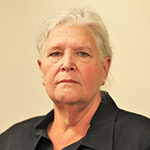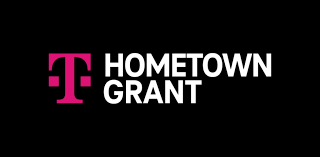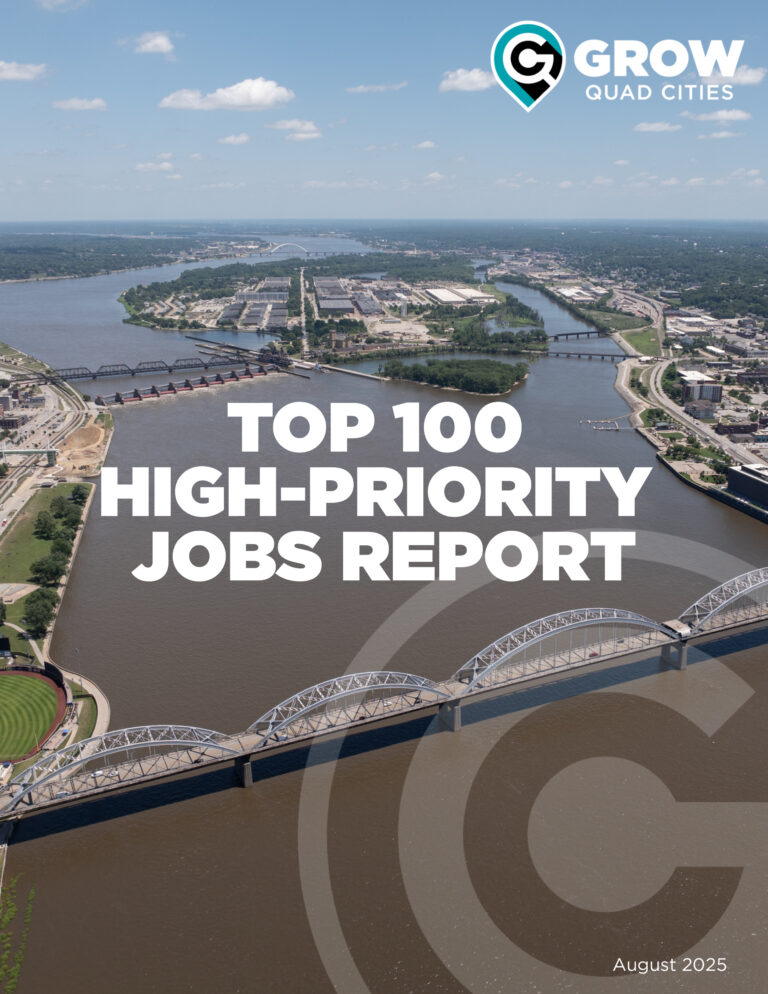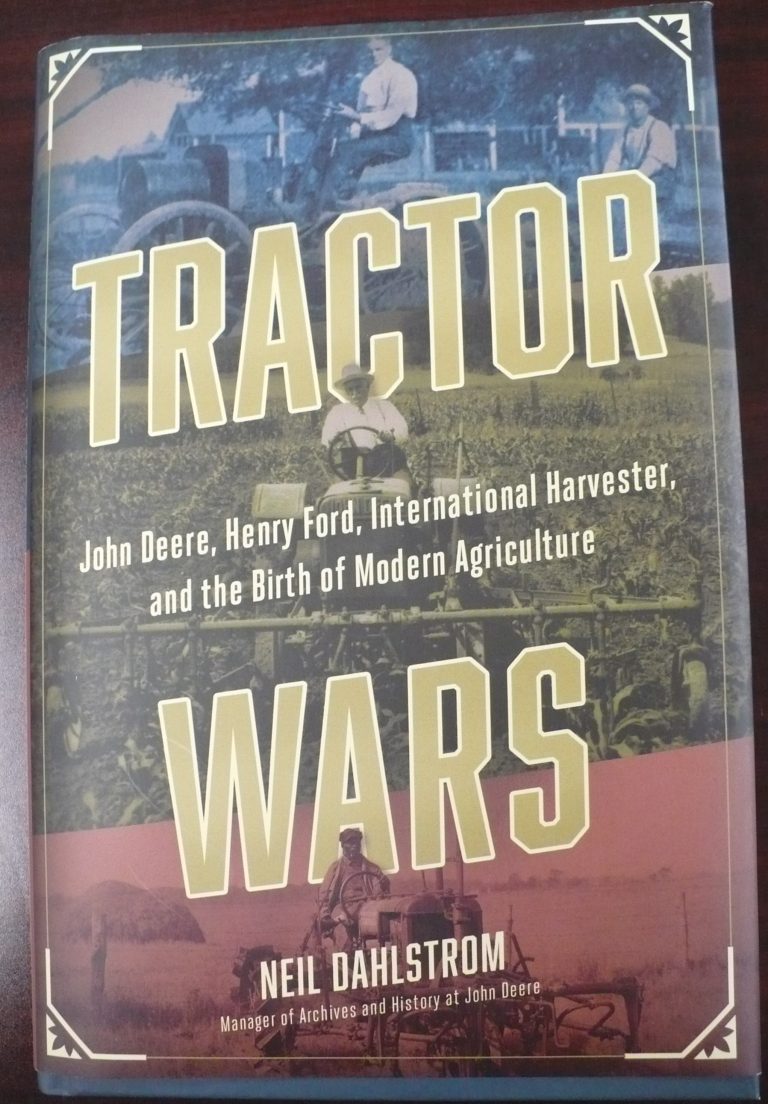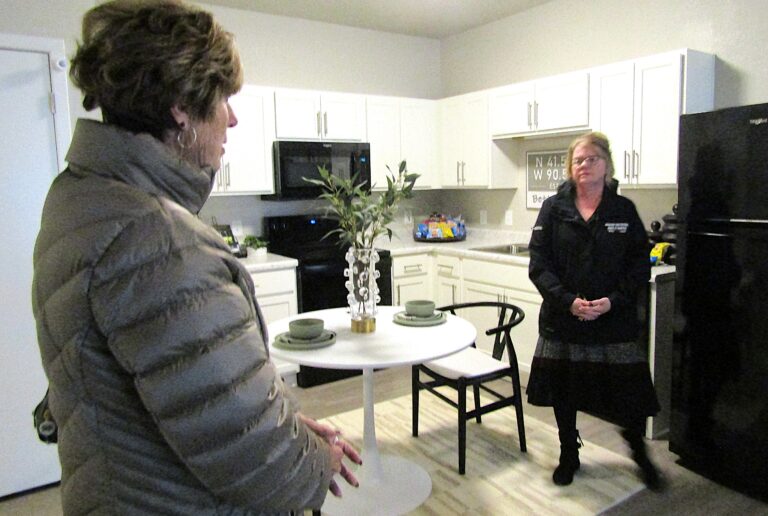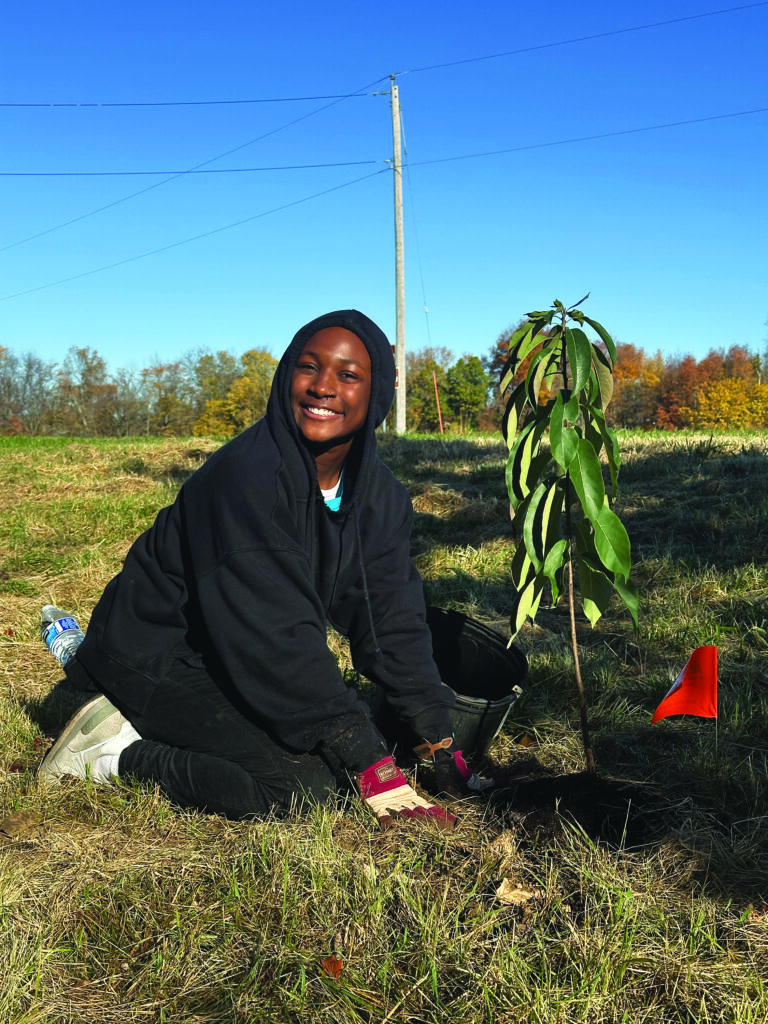
Brooklyn Wilson, a junior at Assumption High School, plants a tree on Oct 26, 2024. She was among dozens of volunteers who joined the tree planting effort to celebrate the launch of the Clean River Advisory Council. CREDIT C-RAC
An environmental movement centered on inclusiveness and justice has taken root in the Quad Cities thanks in part to the commitment of the Walton Family Foundation (WFF) to fund the Clean River Advisory Council for three more years.
That latest investment in C-RAC will bring to $1.7 million the total amount of money the WFF’s Mississippi River Initiative expects to commit to the…

Want to Read More?
Get immediate, unlimited access to all subscriber content and much more.
Learn more in our subscriber FAQ.
Do you want to read and share this article without a paywall?
